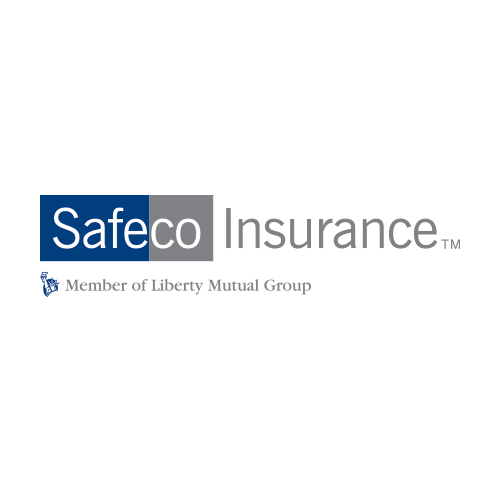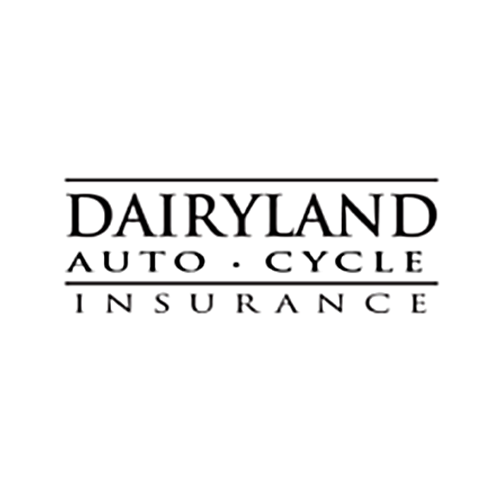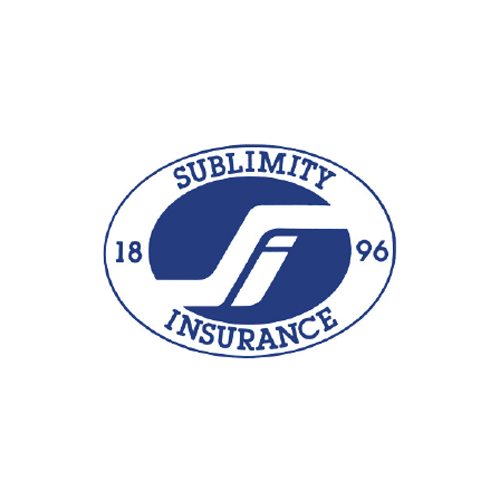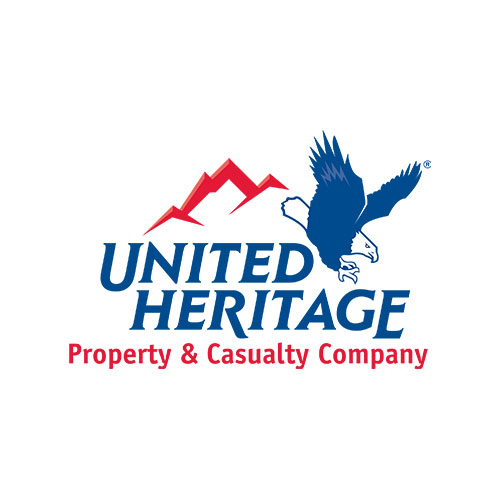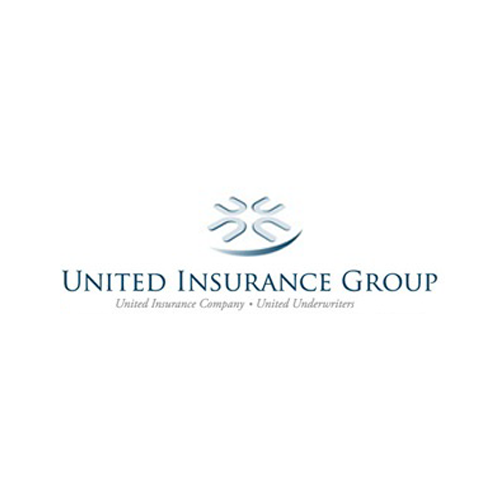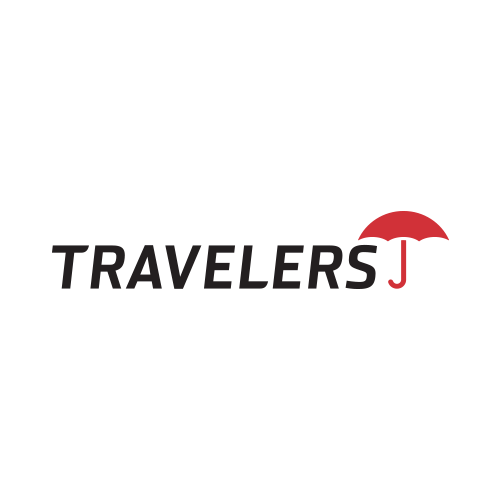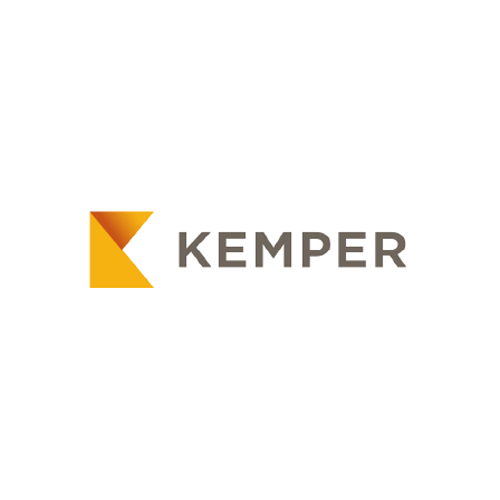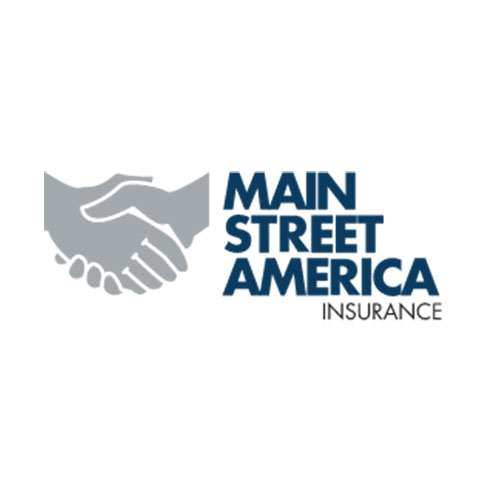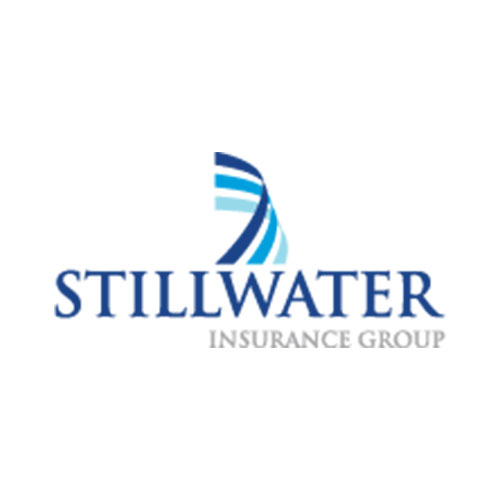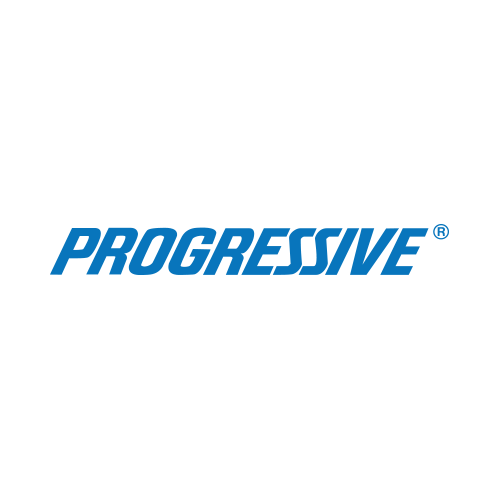Auto Coverage | Home Coverage | Life Coverage
How Much Insurance is Enough - Auto

Auto insurance blends several types of coverage into one policy. Typically, your policy will include some combination of comprehensive, collision, medical, liability and uninsured motorist coverage.
So what do you need? It depends on your specific situation. Liability pays for the damage you cause to others if your car is involved in an accident. It also protects you from being wiped out financially if you are sued following an accident. The greater your assets, the more you stand to lose. If you have substantial financial resources, you may need liability coverage that exceeds the coverage that you'll get from an auto insurance policy. In that case, a Personal Umbrella can provide the extra liability protection you need.
Collision covers damage to your car from an accident. We can help you decide whether or not to carry collision coverage by balancing the cost of collision insurance with the value of your car. It might not be worth paying $200 a year for collision insurance on a car that's worth only $1,000. But if the car is worth $10,000, you probably want this coverage.
Comprehensive coverage pays for your car if it is stolen, vandalized or damaged in some way other than in a collision. Medical coverage provides for medical expenses to you and your passengers that are the result of an accident. The way you use your car may make a difference in the amount of medical coverage you need. For example, we might suggest more coverage for a parent who regularly takes a carload of kids to soccer practice than for a driver who expects to drive mostly alone.
Keep in mind that many states require certain minimum levels of coverage. We'd be happy to talk with you about these and other factors.
How Much Insurance is Enough - Home
The cost to rebuild your home is its replacement value. This can be very different from the estimated market value or actual purchase price. In most cases, it costs more to rebuild the home you own than to buy a new one. This is an important insight into why your Dwelling (Coverage A) limit is so important.
Deciding How Much Insurance is Enough
We'll work with you to estimate the replacement cost for your home and to adjust your policy limits from time to time as needed.
It is critical that you provide us with accurate, updated information about your home and contents. If your dwelling limit accurately reflects your home's true replacement cost, some companies will pay more than the limit if a covered loss is greater than the limit on your policy. Ask us if Home Replacement Guarantee or Extended Dwelling Coverage, is available in your state.
Once a review of your home and possessions indicates you are properly insured, it's a good idea to reexamine your coverages and limits from time to time, especially whenever you make additions or improvements.
Be Sure You Have Enough Insurance
Here are some steps you can take to reduce the danger of being seriously underinsured:
Call us. If you have questions or concerns about the limits in your policy, ask us to show you how those amounts were calculated. This will also give you an opportunity to make us aware of any overlooked information.
Read your policy. Certain property, such as jewelry, and certain perils, such as earthquake or flood, is better insured separately. Knowing what is covered and for how much will help you insure properly. If there is anything in your policy you don't understand, contact your agent and ask for an explanation.
At each annual renewal of your policy, you receive a new Policy Declarations page showing limits of coverage and optional coverages. Review this information. If you do any significant remodeling or add a family room, extra bedroom or bathroom, etc., tell us about these changes so your coverage limits can be adjusted to cover the improvement.
Consider carefully whether your policy provides all the protection you need. Does it provide coverage for extra costs resulting from building code changes? Does it automatically increase coverage limits annually to keep pace with inflation? Does it provide additional funds if the cost of rebuilding your home exceeds the policy limits?
Find out whether your insurance company will stand behind agreed upon repairs after a claim. Some companies are willing to put this guarantee in writing.
Does your policy include replacement cost coverage for contents (clothing, furniture, appliances, and other personal property inside your home)? If not, you can add it by endorsement. The cost is small, the protection valuable. Replacement Cost Coverage pays for losses to your possessions at the cost of brand new items. Without this option, a covered loss to your personal possessions would be depreciated by their age and condition, reducing the size of your claim settlement.
If you have an art collection, antique furniture, jewelry, or other valuable possessions, talk to your agent about supplemental coverages, such as fine arts or scheduled property endorsements, to adequately protect your investment in these items. The cost is modest for the extra protection, and often the deductible is waived.
Consider whether you should have more coverage for personal property (contents) than your policy provides. Personal property coverage is usually 70% of the coverage limit for the structure. Your limit may be lower than 70%. Supplemental protection is available for a small additional premium.
Prepare an inventory of personal property items, update it periodically, and keep it in a safe place outside your home, such as a safe deposit box at your bank. It will save you hours of time trying to list everything damaged or destroyed if you need to make a claim. It will also help ensure you don't forget some items. We can advise you on ways to simplify the job of preparing a personal property inventory such as videotaping each room with descriptive information on the sound track.
Besides making sure you have enough protection to cover possible damage to your own home and contents, you should also evaluate your exposure to liability risks. These result from damage to the property of another, or injury to a person, not a member of your household, for which you can be responsible. In recent years it's become common for homeowners to be sued for injuries or damages to others, even when there is no evidence of negligence by the homeowner. The reality today is if you have any appreciable assets, you are exposed to the risk of being sued. Even if you ultimately prevail in court, your legal fees and the months or years of worry and uncertainty can be a terrible burden on you and your family.
The Personal Liability coverage provided by your Homeowners Policy usually provides a limit of $100,000 or $300,000. We recommend increasing this protection with a personal umbrella policy. Not only will it increase your personal liability, but also your auto liability. Limits are available from $1 million to $10 million and beyond. The cost of this coverage is usually very reasonable.
How Much Insurance is Enough - Life
Life insurance is a crucial step in planning for your future. Not only can life insurance fulfill promises made to your family if you are no longer around, there are several life insurance policies that provide benefits while you are living.
Determining Your Need
The need for life insurance is dependent on your own personal and financial needs. We can assist you in determining what type and amount of life insurance is appropriate for you. Generally, you should consider life insurance if:
- You have a spouse
- You have dependent children
- You have an aging parent or a physically challenged relative who depends on you for support
- Your retirement savings are not enough to insure your spouse's future against a rising cost of living
- You have a sizable estate
- You own a business
There are benefits of life insurance other than providing for your loved ones in case something happens to you:
- The cash value earned and borrowed from a permanent life insurance policy can be used to help with large expenses, such as a college education or down payment on a home.
- The growth of a cash-value policy is tax-deferred -- you do not pay taxes on the cash value accumulation until you withdraw funds from the policy.
- Life insurance can be used to cover funeral expenses and pay estate taxes -- consult your tax advisor agent for more information.
Life Changes - So Should Your Policy
Your need for life insurance is dependent on your personal and financial needs. As your life changes, your life insurance coverage may need to change as well to adapt to your current needs. Some life changes that may require a policy "tune-up" include:
- You recently married or divorced
- You have a new child or grandchild
- Your health or your spouse's health has deteriorated
- You are providing care or financial assistance to a parent
- Your child or grandchild requires assistance or long-term care
- You recently purchased a new home
- You are planning for a child or grandchild's education
- You are concerned about retirement income
- You have refinanced your home mortgage in the past six months
- You or your spouse recently received an inheritance
